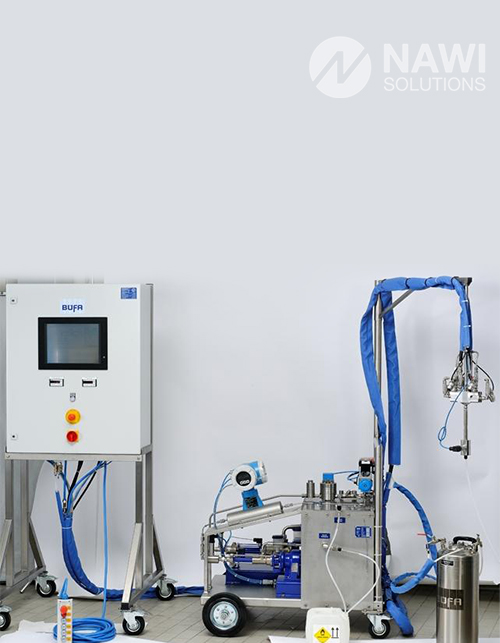
20 years
experience
RTM Technology
TECHNOLOGYResin Transfer Moulding - RTM is a process of low pressure injection of impregnating resin mix into closed moulds, which allows the production of composite products of higher quality and greater repeatability than by contact method. Depending on the method of construction of the form and counter form (male and female), we distinguish Light RTM and Heavy RTM. The laminate production process in RTM technology takes place in several stages. At the beginning, a gel coat is applied on both mould parts (it is possible to make a laminate in this technology without a gel coat. The next stage we deal with is dry laying of reinforcements in the form of most often complexes (combi mat), mat textiles, interleaving materials and inserts inside the mould. The arrangement of fibres in composites is not complicated. However, an appropriate ratio must be maintained between the number of fibres in the transverse direction and the number of fibres in the longitudinal direction.
The disproportion of the amount of fibres may cause a heterogeneous structure of the resin and deterioration of the mechanical properties of the manufactured detail). Then the mould is closed and the initiated resin is injected into the reinforcement lined mould cavity. For injection of impregnating mixtures, you can use polyester, vinyl ester, epoxy, phenolic resins, etc. depending on the expected and expected properties of the laminate. The most important stage is the crosslinking (polymerization) process of the laminate in a closed form. In which the heat of the exothermic resin curing reaction is used, which shortens the product formation cycle, and the use of a double-sided mould inhibits shrinkage and causes relaxation of the product. The final stage is the deformation of the element and preparation of the mould for the next production cycle.
Advantages of laminate produced in RTM technology:
- two smooth sides,
- gelcoat on both sides,
- dimensional repeatability,
- wall thickness repeatability,
- increased stiffness - percentage and weight increase in the content of reinforcements and interlayer materials compared to the resin impregnation mix,
- reduction of shrinkage associated with the lining structure,
- waste reduction - outflows and technological surpluses.